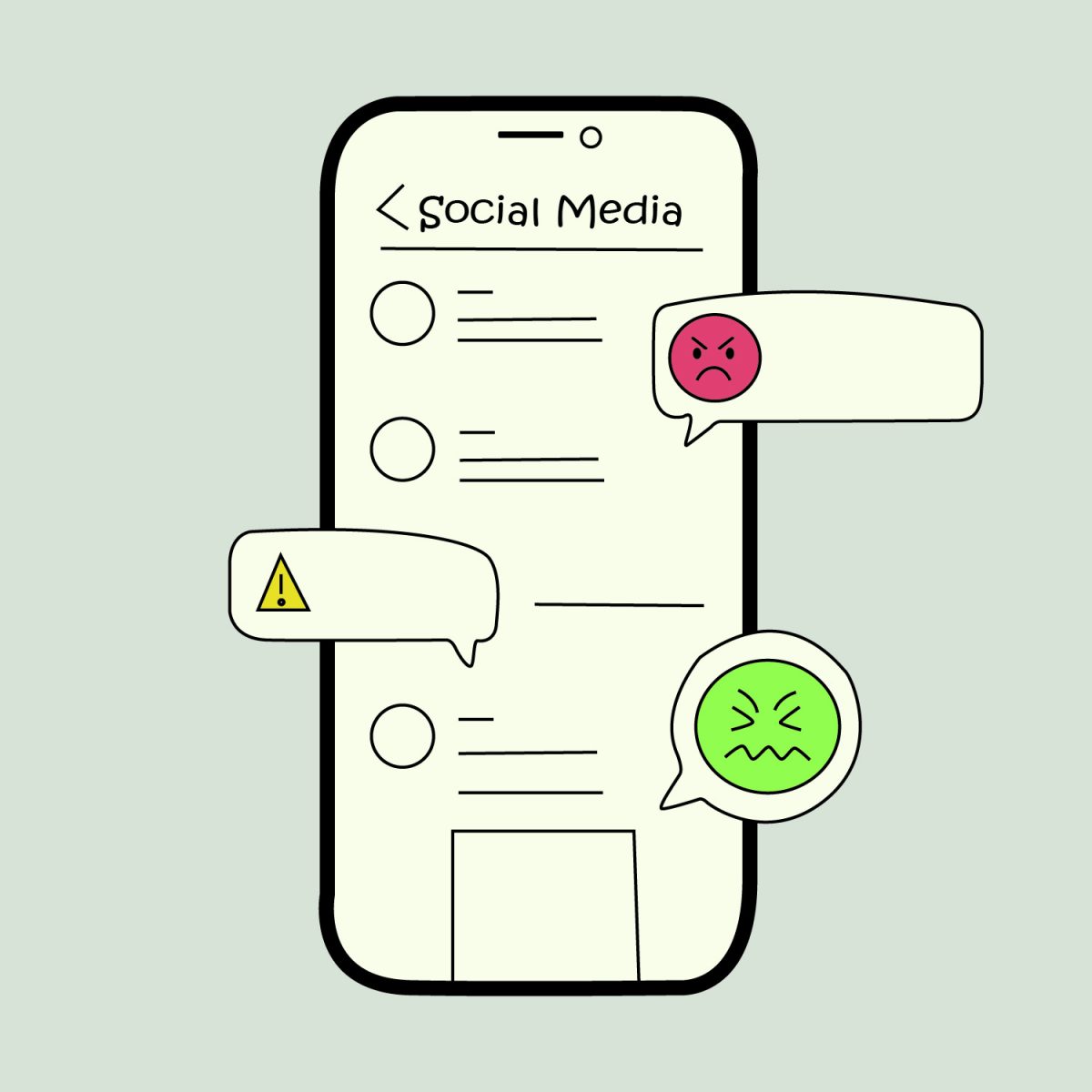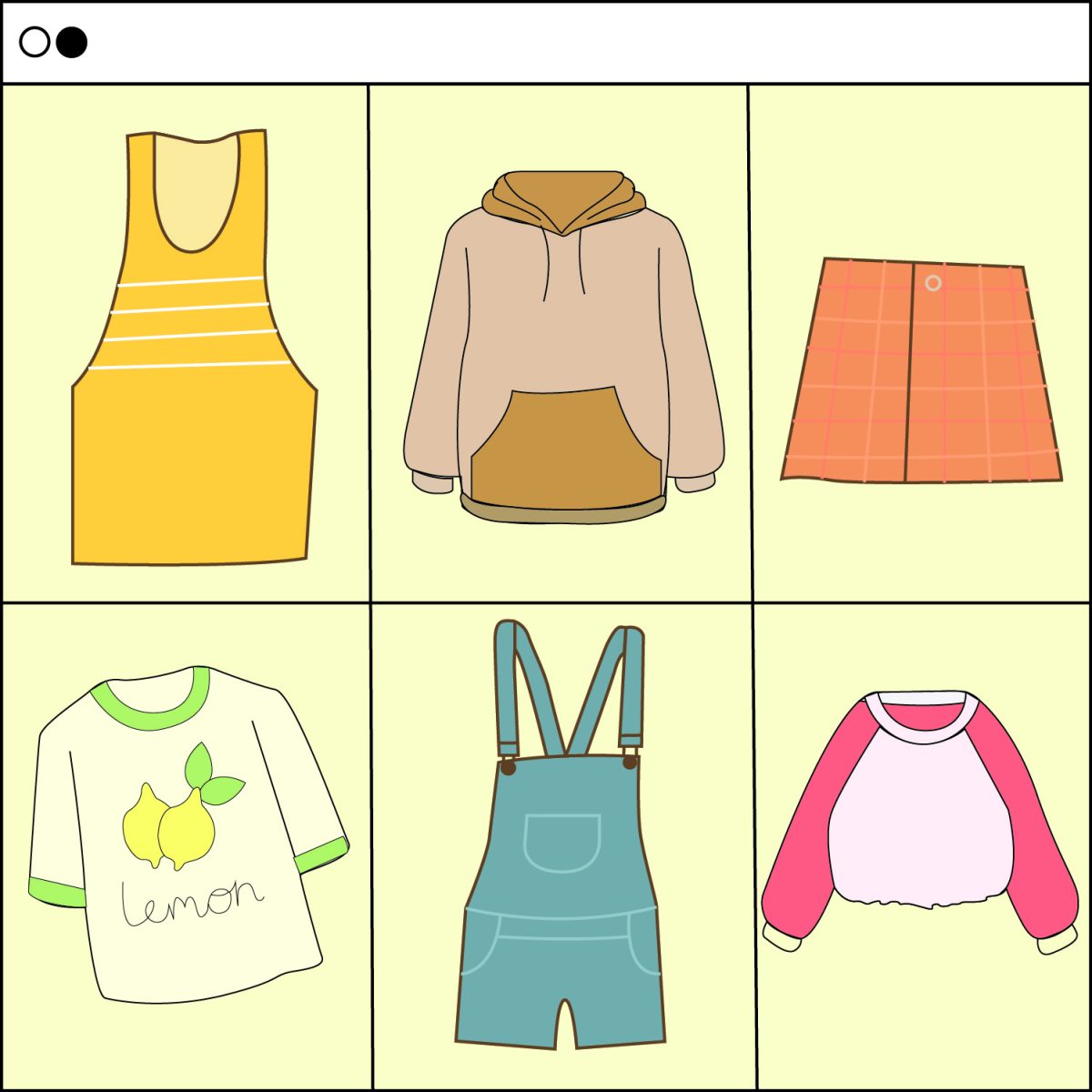Clothes are sold for less than $1 online, lasting for at most a week, before getting tossed into the landfill with their predecessors. Between 35,000 to 100,000 items are produced daily for fast fashion companies like Shein- and most of their products do not even end up in someone’s closet. The problem is not just limited to new “modern” waves of clothing stores, either; new crazes such as the Stanley Cup and shopping sprees that so many first world citizens take for granted show the true colors of America’s overconsumption problem.
To an onlooker, Stanley Cups are your average, overpriced, reusable water bottle; to American teens however, you “need all the colors” and their accessories: non-wrinkle straws, sauce holders, and anything and everything else that would require you to drop hundreds on a glorifed sippy cup. While not only completely defeating the purpose of a one purchase, reusable water bottle, certain water bottle connoisseurs have even gone as far as to filling their Stanleys with water from plastic water bottles. Lakyn Thee Stylist writes on X that “The Stanley cup collections, the wardrobes full of Lululemon, the obsessions with “quiet luxury” and “old money” style…are desperate grabs for ‘status’ in an environment where many feel they will never achieve actual status or stability…perhaps.”
With the note of Stanley Cups and Shein, one might think that the problem of overconsumption is a modern effect, yet the problem dates back as late as 2010. The video essay “The Story of Stuff” by Annie Leonard states that the issue of overconsumption in first world countries “is a linear system, and we live on a finite planet- and you cannot run a linear system on a finite planet indefinitely.” Something has to change if humanity wants to continue living sustainably— after all, “in the past three decades alone, one third of the planet’s natural resource base has been consumed.” In addition, the world overreached its sustainable biological limits for 2023, according to the US-based environment nongovernmental organization (NGO) Global Footprint Network; stating that “humanity now needs about 1.7 planets to maintain consumption.”
While the problem of overconsumption can be seen clearly in these facts, some might say that America is not the defining factor of the problem. Many other first-world countries in continents such as Europe are as equally developed as the U.S; why are only the states getting the blame? According to an article published in Scientific American, David Tilford of the Sierra Club states, “With less than five percent of world population, the U.S. uses one-third of the world’s paper, a quarter of the world’s oil, 23 percent of the coal, 27 percent of the aluminum, and 19 percent of the copper.”
Humanity is not to blame for overconsumption— we as Americans are. If we want to save our planet, we need to be willing to cut down on fast fashion and trends. Without any demand, companies such as Shein and Stanley will soon start to realize what we have: that we only have one Earth, and we need to do our part before it is too late.










